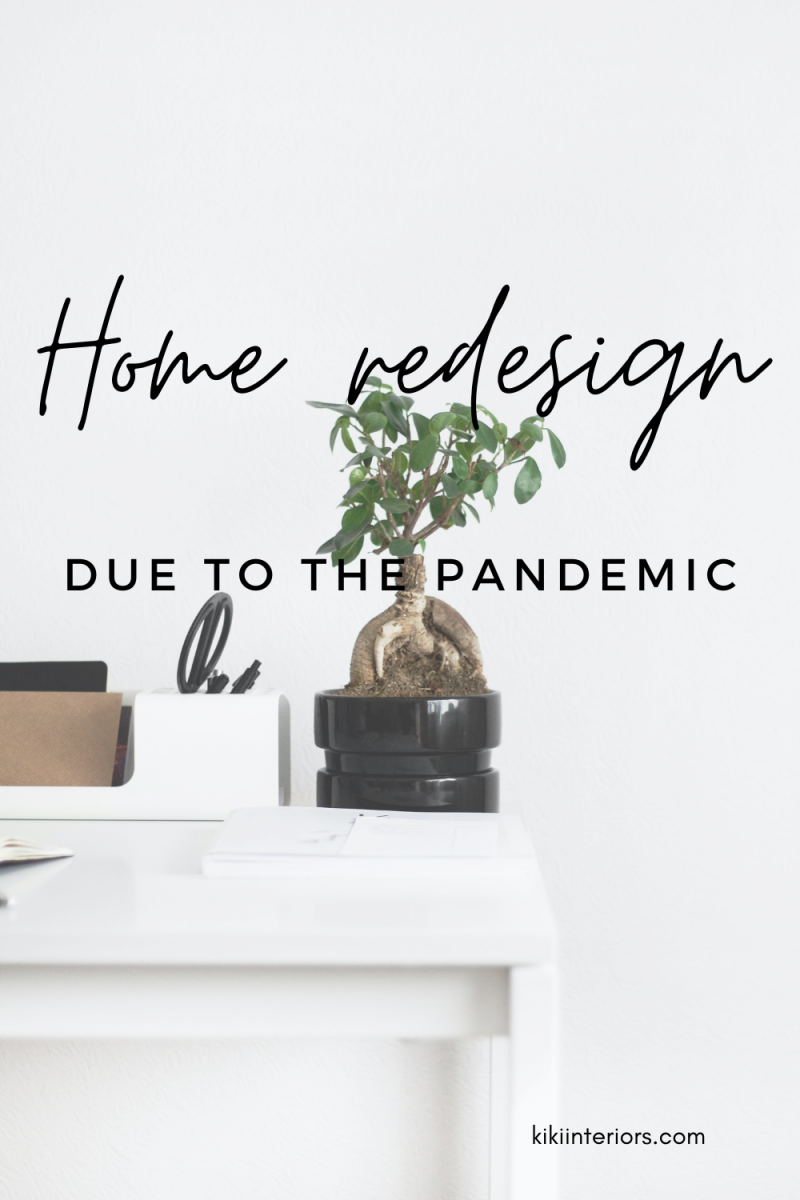
Even if you’re fortunate enough to have been unaffected by the pandemic, there’s no denying its impact on our daily lives. It changes the way we go about and walk outside, and how we interact with others. When businesses close, our options for leisure activities are limited.
The implications of communicable diseases have made people turn indoors more than ever. Employers have allowed us to work from home. Schools are exploring online learning as an alternative or supplement to the classroom. And whatever you need, from groceries and gadgets to disinfectant and kitchen appliances, you can buy online.
Many of these changes in our behavior can prove to be here for the long term. And with this lifestyle shift, an indoor design change will be helpful. Here’s how we can rethink our living spaces.

Design shifts through history
It’s a designer’s job to craft specific user experiences. Product designers will try to make things simple and functional so that you don’t need a manual, or refer to one as little as possible. Layout designers subtly guide your eye through the pages of a book or website, presenting information in the right hierarchy of importance.
The nature of design implies that it’s intimately connected to user behavior. Trends don’t just come and go on the collective whims of designers; they are tied to shifts in the values and perceptions of the people over time.
History has shown that during times of economic downturn, consumer behaviors will change. And in response, design adapts. The Great Depression saw a refinement of the Art Deco aesthetic into Streamline Moderne styles. Designers moved away from excess and began to emphasize practicality and affordability,
In a similar manner, the recent recession of 2008 had a strong influence on the design world. Even as it became clear to the millennial generation that job prospects were bleak and lifestyles less affordable than before, design shifted to accommodate their needs. Shabby chic and the DIY ethos were two closely related trends that blossomed as an outcome of these tough economic times.
Trends after a recession
We’re little more than a decade removed from that last recession. And the aesthetic trends it helped spawn are still flourishing. Thus, with the pandemic having triggered another recession, it’s reasonable to expect that design will continue to evolve along those same lines.
Due to financial difficulties, both on the consumer side and within the design industry itself, people value the DIY approach as a low-cost way of making things look good. Blemishes and flaws speak to authenticity, frugality, and sustainability.
We can expect the trend of overall minimalism to continue as people move away from consumerism. Spending more time at home, you’ll inevitably learn more about what you can and can’t live without. As people lose jobs and overseas manufacturing returns onshore, we’ll want to support locally made products more than ever.
Sustainability also ties into the need for nature that many people feel during a time of lockdowns and social distancing. We’ll continue to bring plants and natural materials into our homes as they become office spaces. They help us to deal with stress; growing herbs or vegetables in an indoor garden can also prove attractive for cost-saving reasons.

Your response to the pandemic
You can adjust to the pandemic in terms of health measures. This can be as simple as placing hand disinfectant in every room, or it can involve extensive improvements to your ventilation. HEPA filters, and HVAC systems that use less recirculated air, can reduce the presence of disease-spreading particles in the air.
More practically, you might want to adapt your home for improved functionality. We’re missing a lot of things due to the impact of the pandemic. A kitchen upgrade, for one, can help offset the closure of local restaurants by elevating the home cooking and dining experience. Multi-functional spaces within the home can also help to address those lost comforts.
For instance, if you haven’t been able to hit the gym lately, rolling out a yoga mat in your room might not yield the desired experience. Try bringing more dedicated fitness equipment into one of your existing spaces. You could even combine it with your home office, as the ability to hold video calls can also connect you to fellow fitness enthusiasts and online trainers.
Ultimately, design trends reflect the needs of a wide swath of the population and how designers respond to those voices. But when it comes to how you live and go about redesigning your home, you have the final word on such matters. No one else is more keenly attuned to your needs.



